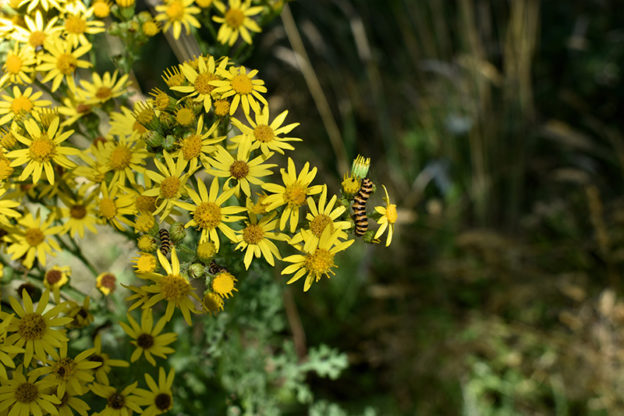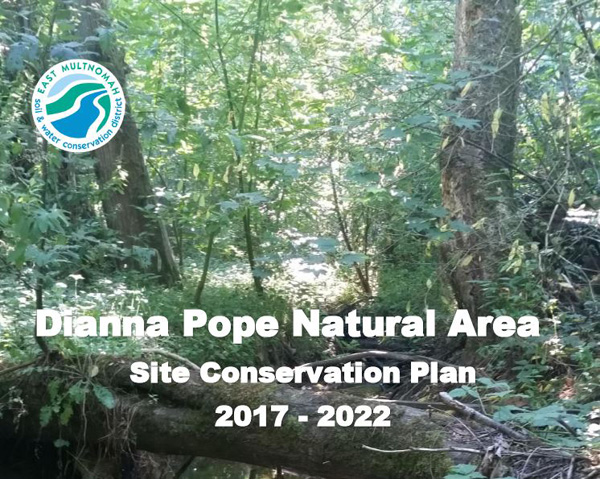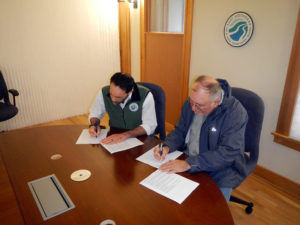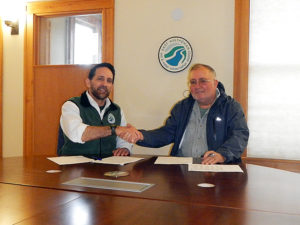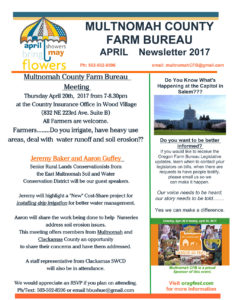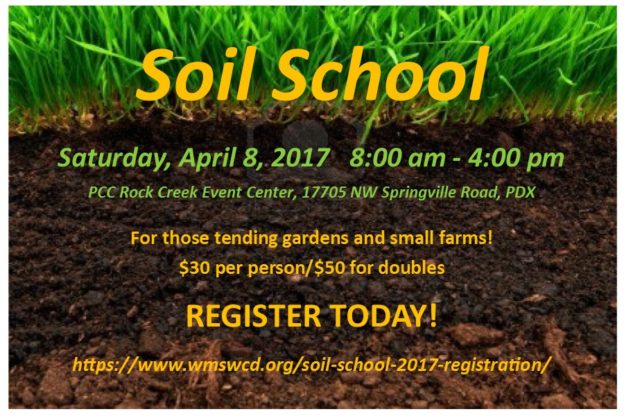It seems like tansy is everywhere this year, but its predators are not far behind…
Tansy is a dangerous pasture weed because it is poisonous to livestock, causing liver damage when ingested.
What to do if you have tansy on your property
We don’t recommend mowing, which can extend the life of the plant beyond its normal two years and increase the chance that it could get into hay. Some plants are beginning to seed now, so mowing now is more likely to spread infestations further.
Your best bet for removal is pulling or digging. Unfortunately, the ideal time to pull the plants was between May and June, after they bolted but before they flowered. At this point, it may be better to wait until next year to remove them. If you need to pull it this year, you’ll want to bag it and dispose of it in the trash so the seeds don’t spread. When left alone, the seeds disperse by wind, but they only travel an average of 10 feet from the plant, so letting it go to seed in place will not cause rapid spread.
For residents in the Corbett area, we also offer a dumpster to dispose of tansy (and garlic mustard) every year, usually beginning in April.
Find out more here.
Tansy predators making a comeback
Tansy has two main biological controls (“biological controls” in this context means natural predators that help control invasive plant or other pest populations) that feed on it when it starts to spread: the cinnabar moth and the flea beetle. Cinnabar moth caterpillars have been spotted around the district (see photos) this summer. Although less visible, it’s really the flea beetles that do most of the work, attacking the root crown, leaves, and leaf stalks during the rainy season. We will be looking for the small, golden flea beetles come October.
-

- Cinnabar moth caterpillars dining on tansy ragwort at Headwaters Farm
-
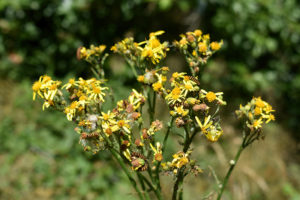
- If you have questions about managing tansy ragwort, contact us!

